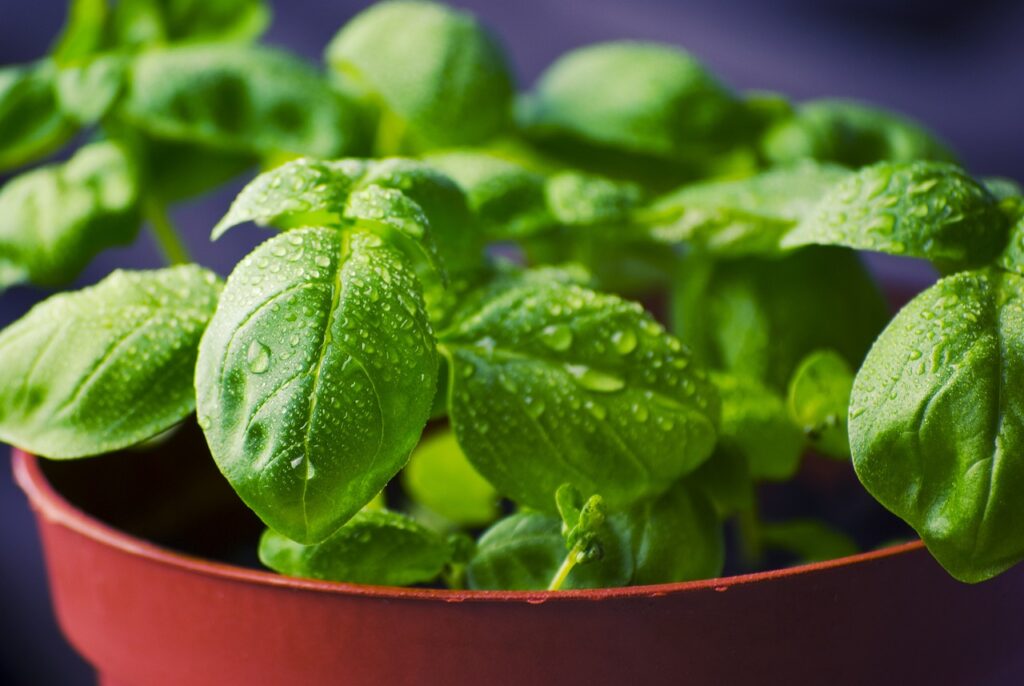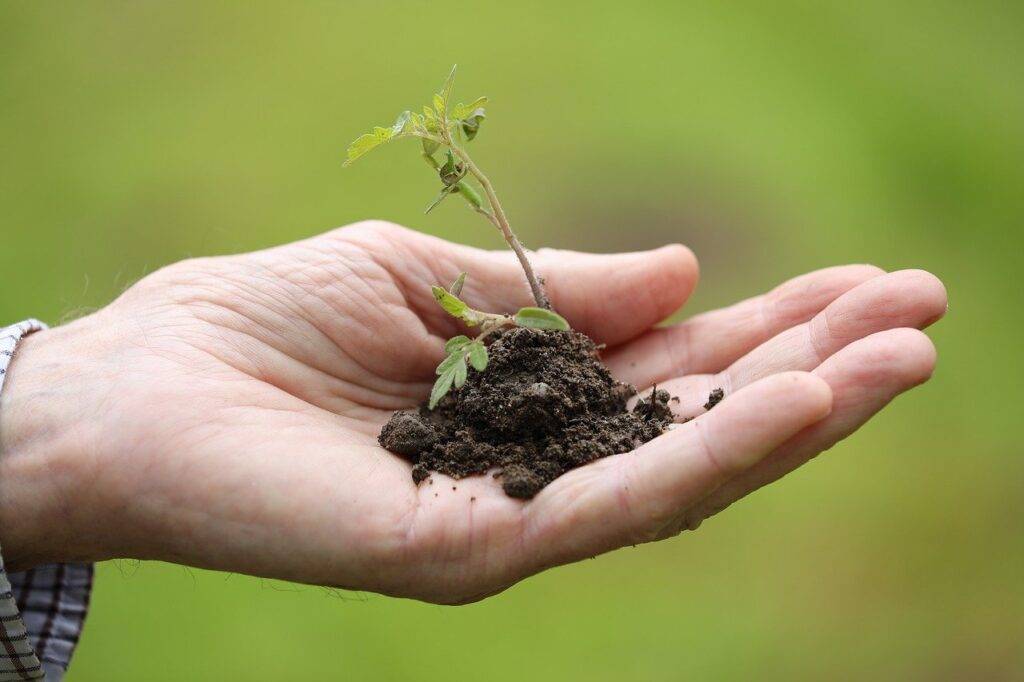As the frost retreats and the days grow longer, gardeners eagerly prepare their plots for spring planting. Choosing the right seeds for your region and climate is crucial for a successful harvest. Whether you’re a seasoned gardener or just starting out, this guide will help you select the perfect seeds to plant this spring.
1. Know Your Hardiness Zone:
Before selecting seeds, it’s essential to know your USDA Hardiness Zone. This classification system divides regions based on average annual minimum temperatures. Understanding your zone will help you choose plants that are well-suited to your climate and growing conditions.
2. Top Seeds for Spring Planting:
Here are some of the best seeds to plant during the spring months:
a. Vegetables:
- Tomatoes: Choose from a variety of heirloom or hybrid tomatoes based on your preferences for size, color, and flavor.
- Peppers: Bell peppers, jalapeños, and sweet banana peppers are popular choices for spring planting.
- Cucumbers: Plant cucumber seeds for fresh salads or pickling.
- Squash: Zucchini, yellow squash, and butternut squash are versatile additions to any garden.
- Carrots: Sow carrot seeds directly in the soil for a crunchy and nutritious harvest.
- Lettuce and Salad Greens: Enjoy fresh salads all season long by planting lettuce, spinach, kale, and arugula.
- Beans and Peas: Bush beans, pole beans, and sugar snap peas thrive in the spring months.
- Radishes: These fast-growing vegetables are perfect for impatient gardeners.

b. Herbs:
- Basil: Plant basil seeds for a fragrant and flavorful addition to your garden.
- Cilantro: Enjoy fresh cilantro leaves in salsas, salads, and other dishes.
- Parsley: Both curly and flat-leaf parsley varieties are excellent choices for culinary use.
- Dill: Add dill seeds to your garden for pickling or seasoning fish dishes.
- Chives: These perennial herbs are easy to grow and add a mild onion flavor to dishes.
- Mint: Choose from various mint varieties such as spearmint, peppermint, and chocolate mint for teas and cocktails.

c. Flowers:
- Marigolds: These colorful annual flowers add beauty to the garden and deter pests.
- Zinnias: Plant zinnia seeds for vibrant blooms in a range of colors and sizes.
- Sunflowers: Brighten up your garden with cheerful sunflower varieties that attract pollinators.
- Cosmos: These easy-to-grow flowers produce an abundance of colorful blooms throughout the summer.
- Nasturtiums: Both the flowers and leaves of nasturtium plants are edible and make a lovely addition to salads.

3. Tips for Success
- Follow the instructions on seed packets regarding planting depth, spacing, and care.
- Ensure proper soil preparation and drainage for optimal plant growth.
- Water your seeds regularly, keeping the soil moist but not waterlogged.
- Monitor for pests and diseases, and take appropriate action to protect your plants.
- Enjoy the process of nurturing your garden and watch as your seeds sprout and flourish in the springtime sun.
4. Explore Seed Storage Options
If you’re searching for a convenient way to store your seeds and keep them organized for future planting seasons, consider investing in a seed storage box. These boxes are designed to protect seeds from moisture, light, and pests, helping to prolong their viability. You can find seed storage boxes in our store. Investing in proper seed storage is a smart way to ensure that you have access to high-quality seeds whenever you’re ready to plant your garden.
Happy Planting!

